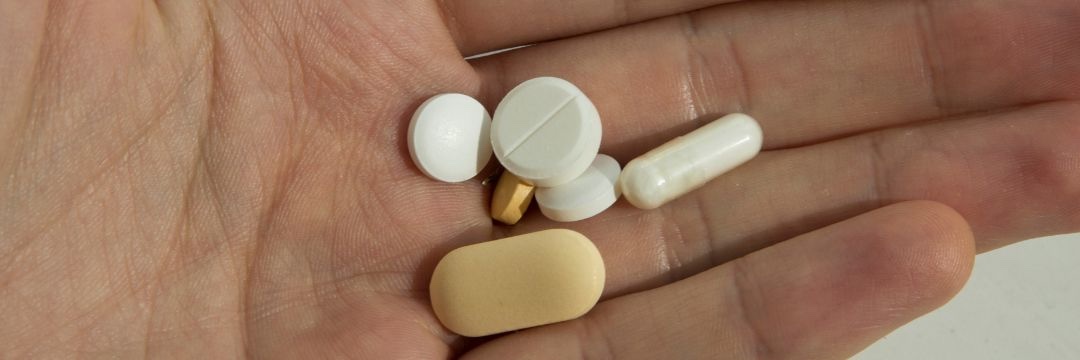It’s GERD awareness week and as part of our dedication to both prevention and proper treatment for gastroesophageal reflux disease, we are dedicating this blog post to the symptoms of GERD and how they can vary, beyond just heartburn. Before we start, it is important to understand why GERD occurs. Whether due to a congenital weakness, obesity or other condition, the Lower Esophageal Sphincter (LES) that separates the esophagus from the stomach can weaken, thus allowing acidic juices to flow from the stomach up into the esophagus.

Occasional acid reflux is colloquially referred to as heartburn (even though it has nothing to do with the heart). However, that only tells part of the story. Many patients do not experience the overt symptoms of heartburn – a burning sensation in the middle of the chest. These patients experience what is known as silent reflux. Silent reflux involves symptoms that one would not correlate directly with acid reflex. This could include yellowing of the teeth, a dry unproductive cough, bad breath and more. In fact, the severity and the effects of acid reflux are not directly related to the discomfort that a patient feels as a result.
Why It Is Important to Treat Silent Reflux?
Just because the symptoms are subtle, does not mean damage is not being done. Any acid refluxing back into the esophagus can cause a host of conditions including narrowing of the esophagus, a pre-cancerous condition known as Barrett’s Esophagus, and in rare cases, esophageal cancer – a condition that has been on the rise commensurate to the obesity epidemic that the United States is experiencing.
However, because many patients do not understand silent reflux, and only associate acid reflux with burning in the chest, damage to the esophagus can get significant and irreversible before the patient is even diagnosed. Oftentimes, patients, and even their primary care physicians, mistake the subtle symptoms for allergies, and other common issues.
What can we do?
It is important to take matters into your own hands when the symptoms mentioned above begin to occur. If you suspect that something may be wrong, you can try an elimination diet. This entails removing the triggers of acid reflux from your diet and slowly reintroducing these foods — using a process of elimination, to see what might be causing the problem.
For example, you could designate a week where you do not consume caffeinated beverages, tomato and tomato-based sauces, spicy foods and carbonated beverages. These are common triggers for acid reflux in the typical patient. After spending a week without these foods, you can slowly start to introduce them back into your diet one by one. If you notice that your dry cough returns or that bad breath starts up again, you will have a good idea of what’s causing it. You’ll be able to visit your doctor or gastrointestinal specialist armed with a great deal of helpful diagnostic information.
What are the next steps?
If you have been living with chronic acid reflux or GERD for quite a while, acid neutralizing medication such as TUMS may not be sufficient to give you relief. Your primary care physician or specialist may put you on over the counter or prescription medication to control the acid in your stomach. Typically, these are proton pump inhibitors or PPIs that block your stomach’s acid production.
Moderate to severe acid reflux that is poorly controlled on medication may require an endoscopy which allows your gastrointestinal specialist to visualize the esophagus and see if there’s any damage. This may also assist in determining the best course of action moving forward.
For very severe and uncontrolled cases of GERD, a corrective and curative procedure such as the LINX device or a Fundoplication – which reinforce the lower esophageal sphincter using pressure from an implanted device or by wrapping the upper portion of the stomach, respectively, may be warranted.
Of course, the best way to get started is by determining you have a problem, understanding the potentially severe consequences, and visiting your primary care physician or contacting a specialist such as those us at VIPSurg.




